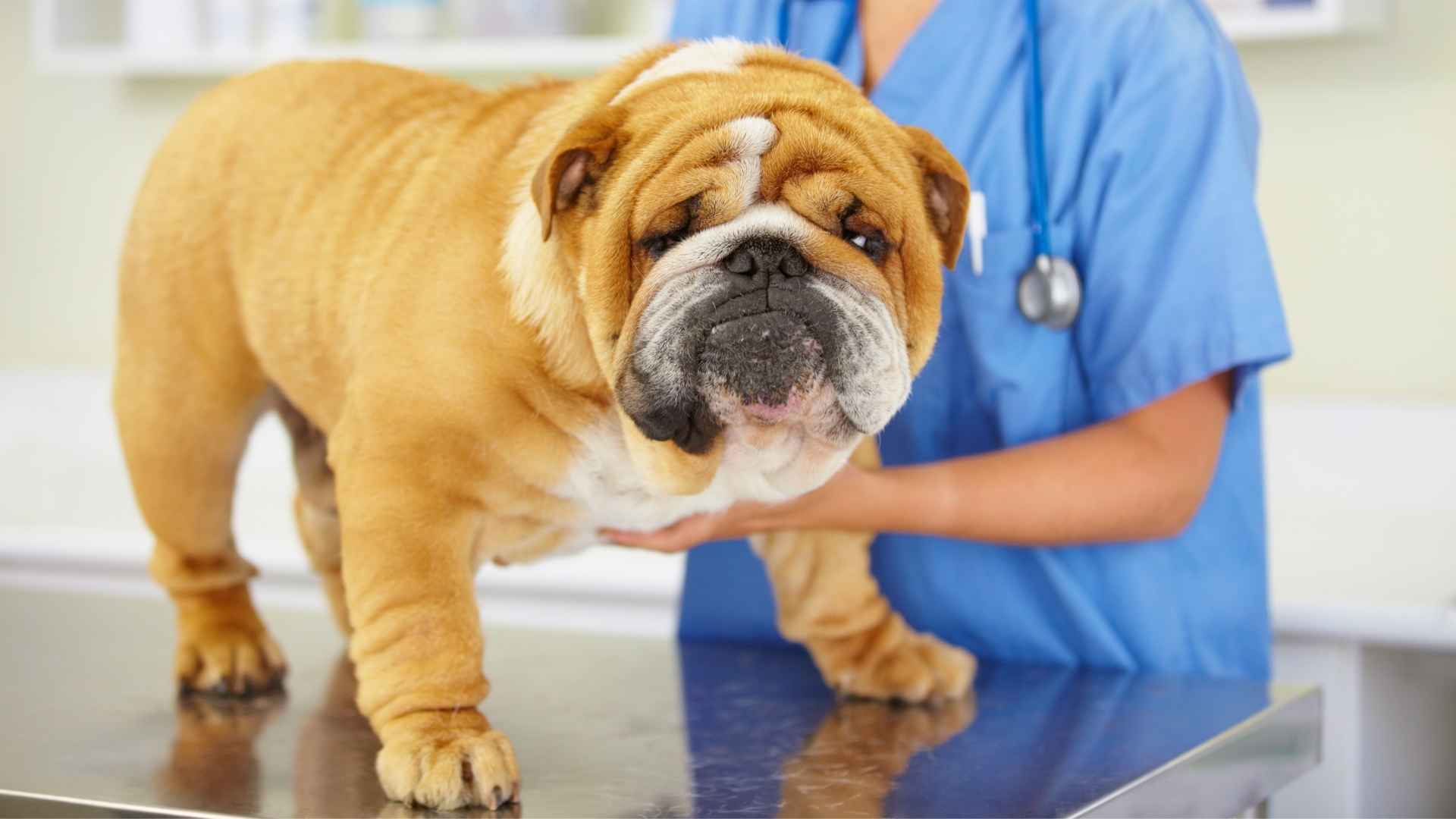When it comes to choosing a furry companion, most people focus on temperament, size, or appearance. But one critical factor that often gets overlooked is health. While every dog deserves love and care, some breeds are more prone to serious health issues than others due to genetics, selective breeding, or body structure.
In America, certain popular breeds struggle with higher risks of respiratory problems, heart disease, joint disorders, and even shortened lifespans. Understanding these vulnerabilities isn’t about discouraging anyone from owning these breeds; it’s about being informed.
If you’re considering bringing one of these dogs into your home, knowing what health challenges they face will help you prepare for the care, vet visits, and lifestyle adjustments they may require.
In this article, we’ll explore seven of the unhealthiest dog breeds in America, the common issues they face, and what potential owners should keep in mind before committing to a lifetime of love and responsibility.
Most Unhealthiest Dog Breeds In America
1. Cocker Spaniel
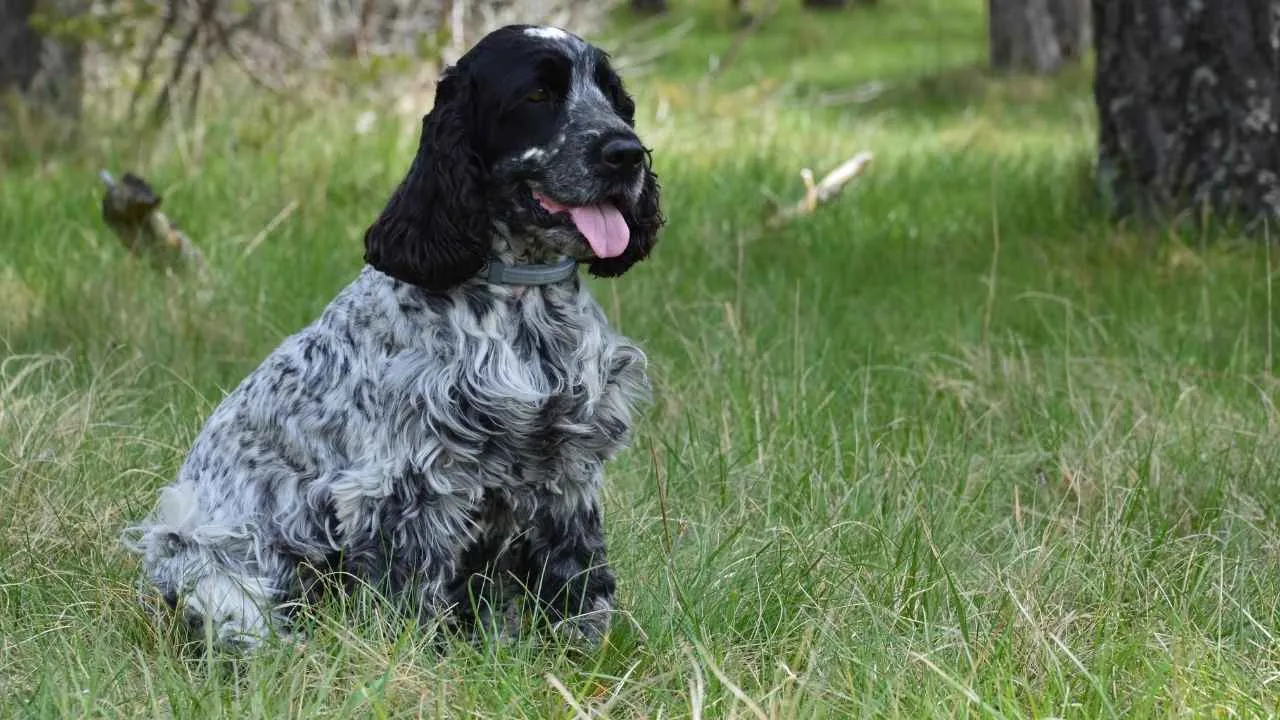
Cocker Spaniels are adored for their long, flowing coats and expressive eyes. Their sensitive and cheerful personalities make them popular family companions.
One drawback for the breed is a tendency toward frequent ear infections, which can cause pain and discomfort if not addressed promptly. With proper cleaning and care, owners can help prevent ear infections before they become chronic.
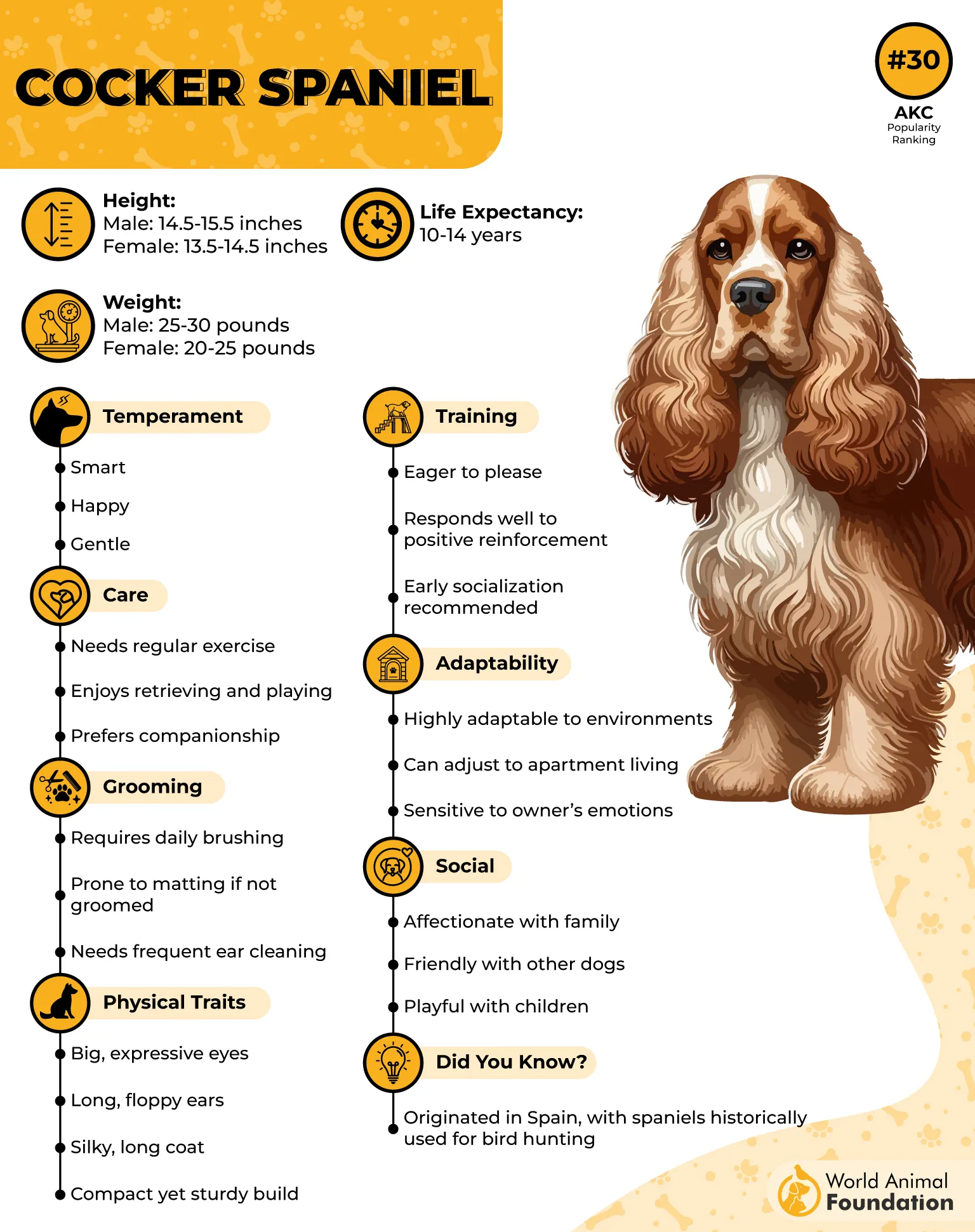
These dogs thrive on companionship and dislike being left alone for extended periods. Their gentle temperament pairs well with children and other pets when properly socialized.
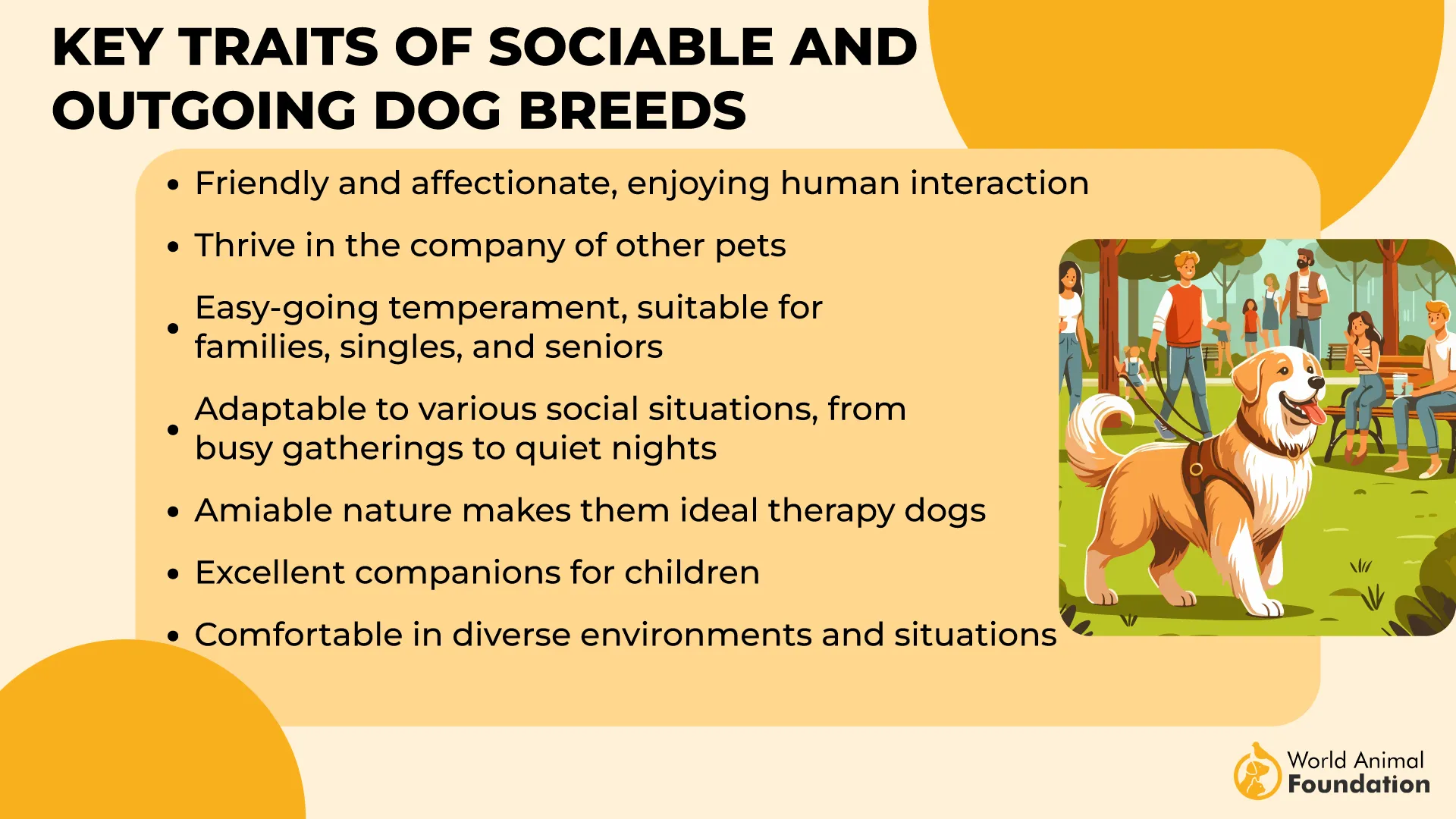
According to the AKC, training a Cocker requires patience, as they are sensitive to tone and respond best to kindness. Consistent positive reinforcement keeps them confident and engaged.
Routine grooming and regular veterinary check-ups are essential. Keeping an eye on their ears and eyes will help Cocker Spaniels live comfortably despite their vulnerabilities.
Quick Tips
-
Brush coats several times a week to prevent matting.
-
Keep ears dry and clean after swimming or bathing.
2. Yorkshire Terrier
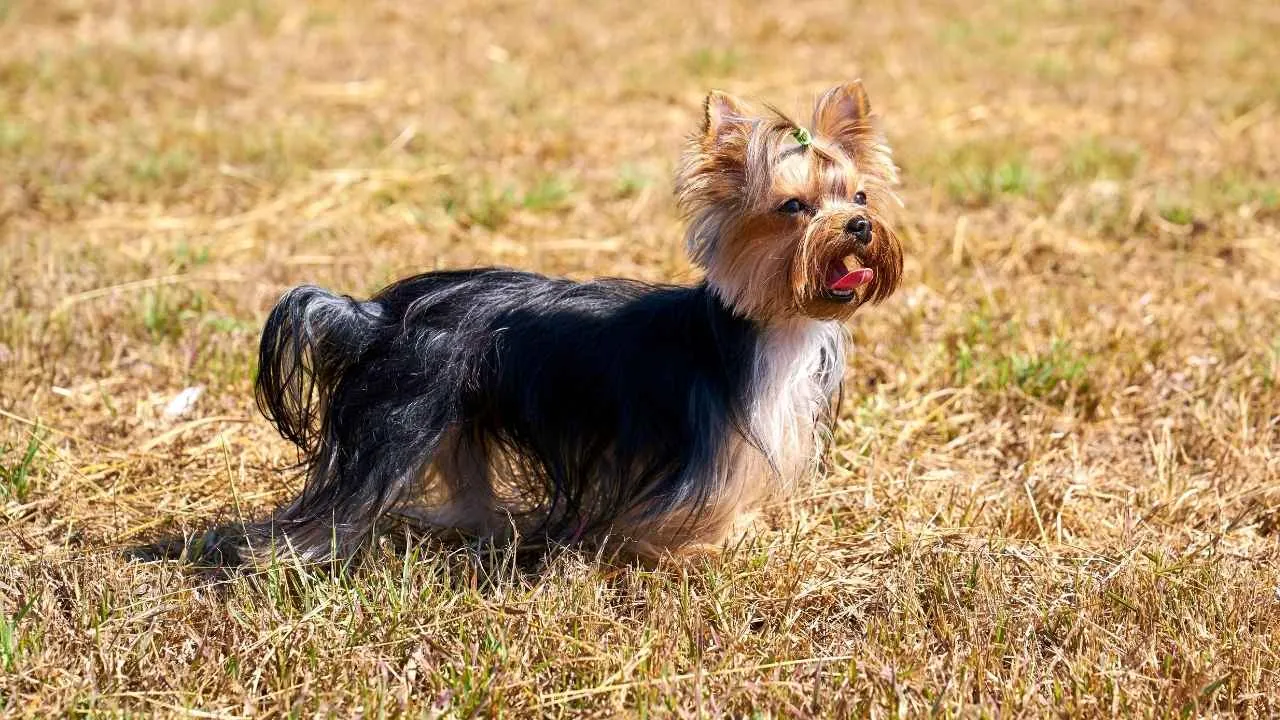
Yorkies may be tiny, but their personalities are anything but small. Known for their feisty spirit, they often act as guardians of the household.
Dental issues and fragile bones are common health concerns for Yorkshire Terriers. Because their teeth are so prone to decay, daily brushing and professional cleanings are vital.

Despite their delicate appearance, Yorkies enjoy activity and mental stimulation. They love short walks and games, though too much exercise can strain their little frames.
Regular grooming keeps their silky coats looking healthy and free from tangles. Owners should also be mindful of nutrition to support a healthy weight.
When cared for properly, Yorkies bring years of joy and affection. Their bold attitudes make them fun companions who rarely realize how small they are.
Quick Tips
-
Use soft-bristle toothbrushes to protect gums.
-
Harnesses are safer than collars to protect the trachea.
3. Bulldog

Bulldogs are unmistakable with their wrinkled skin and stocky frames. They are beloved for their mellow personalities and strong attachment to family.
PetMD states that the breed’s pushed-in nose contributes to significant breathing problems. Classified among brachycephalic breeds, they may suffer from brachycephalic airway syndrome, making hot weather especially risky.
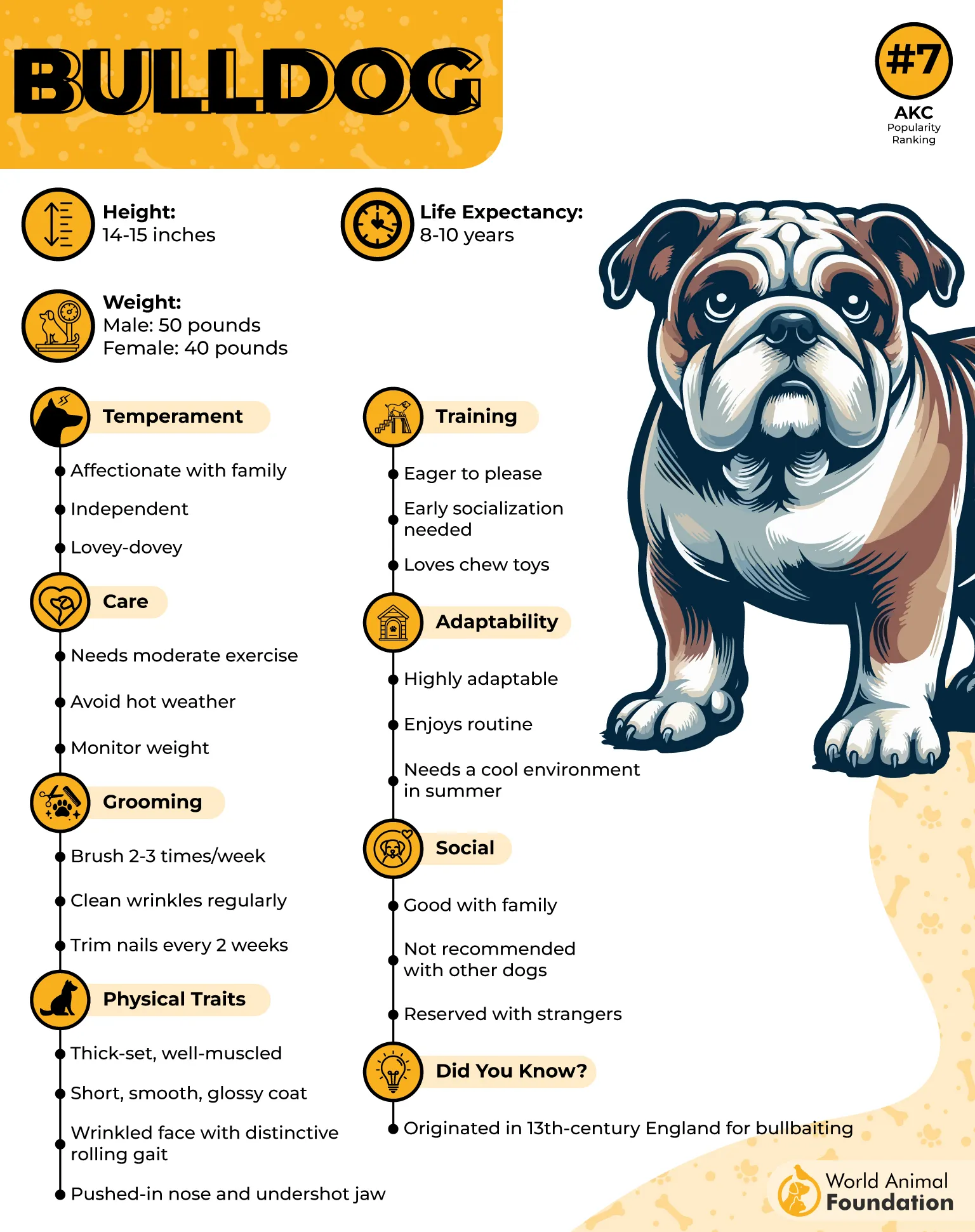
Beyond respiratory challenges, Bulldogs face skin allergies and infections in their wrinkles. Keeping their folds dry and clean helps reduce irritation and discomfort.
Short bursts of exercise are best, since hot or humid conditions can cause stress. Long walks or vigorous play may trigger fatigue quickly.
With routine vet visits and attentive care, Bulldogs can still enjoy a comfortable life. Owners simply need to be proactive and mindful of the breed’s limits.
Quick Tips
-
Provide cool resting areas in the summer months.
-
Clean facial folds regularly to avoid bacterial buildup.
4. Pug
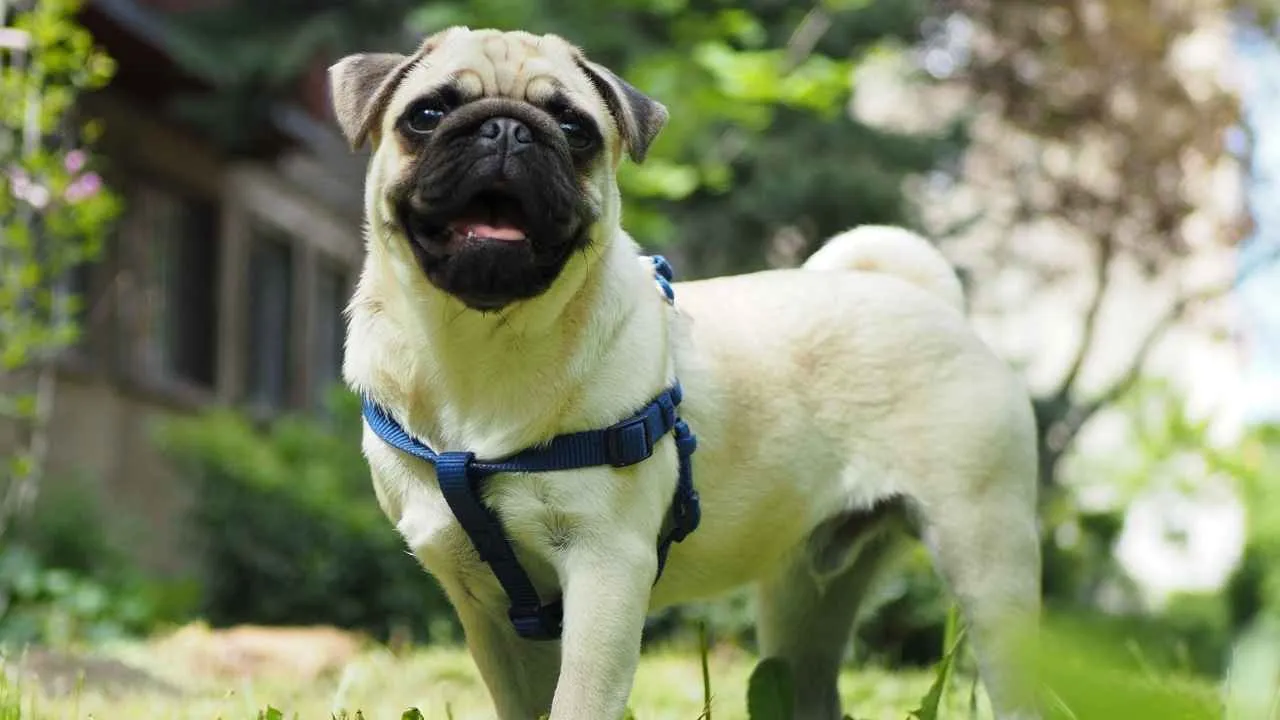
Pugs are famous for their clownish nature and deeply loyal personalities. Their quirky behavior makes them a constant source of amusement for families.
The downside is their vulnerability to serious health problems tied to their flattened faces. This can lead to snoring, wheezing, and, in severe cases, a life-threatening condition if their airways become obstructed.
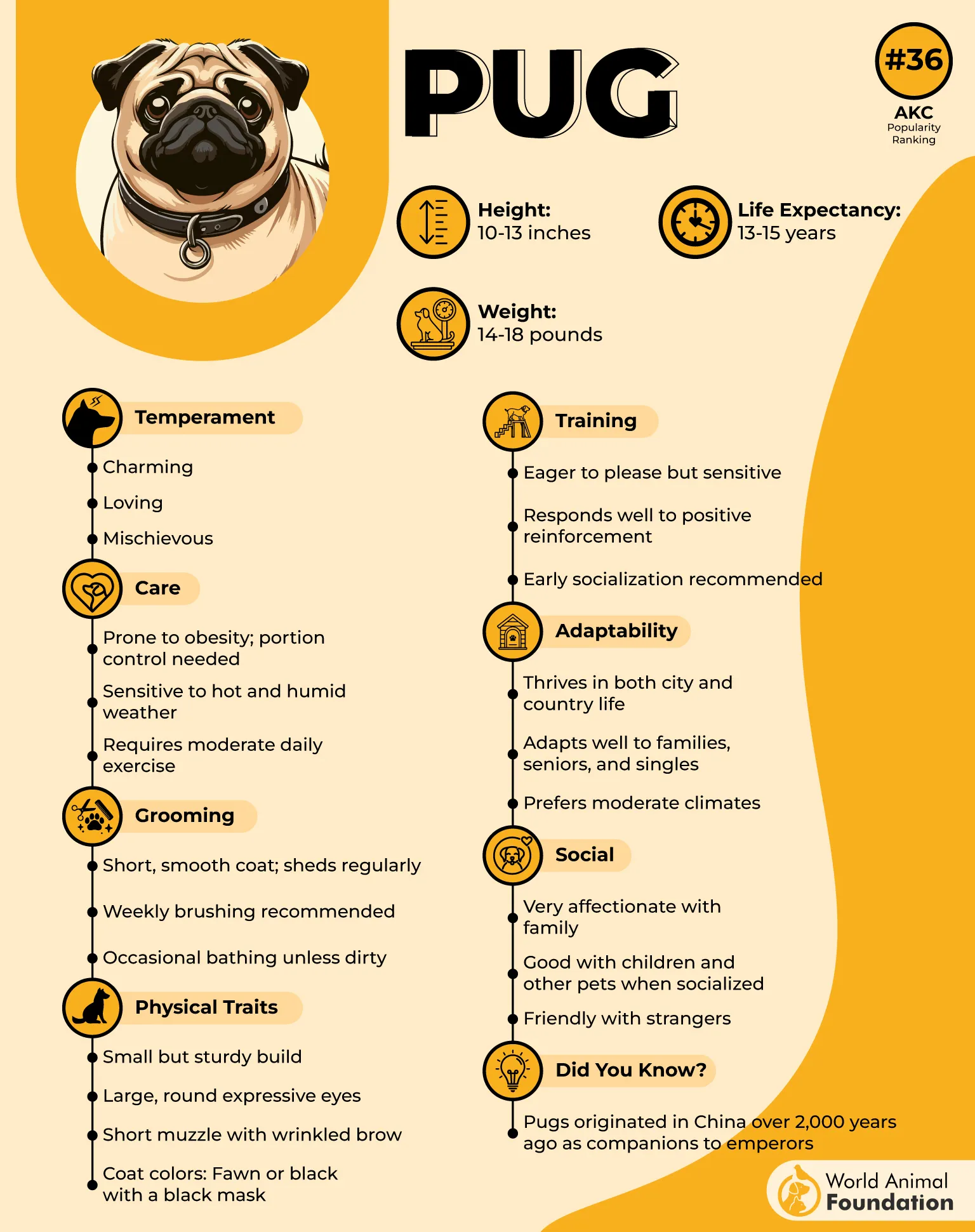
Eye injuries are also a serious concern due to their prominent eyes. Owners must practice careful monitoring to spot irritation or injury early.
Though they require less exercise than active breeds, keeping them at a healthy lifestyle weight is critical. Obesity intensifies their mobility issues and breathing struggles.
Pugs benefit from gentle walks and indoor play. With responsible breeding practices, many of the most severe issues can be reduced, ensuring these lovable dogs lead more comfortable lives.
Quick Tips
-
Keep walks short and in shaded areas.
-
Wipe around eyes daily to prevent irritation.
5. German Shepherd
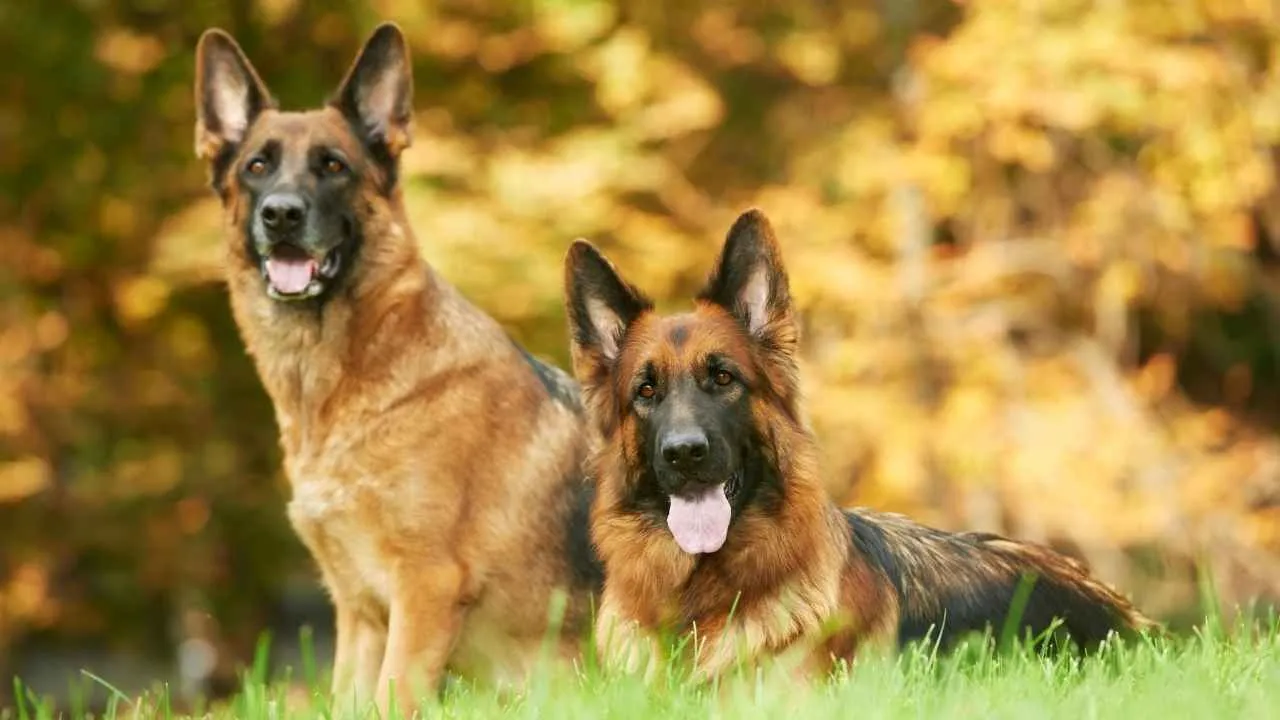
German Shepherds are legendary working dogs known for their service in police, military, and assistance roles. Their loyalty and trainability set them apart.
Unfortunately, hip and elbow dysplasia is one of the most common joint problems in this breed, often leading to lifelong pain. Without treatment, it can cause pain and mobility problems that shorten activity levels.

Because of questionable breeding practices in the past, genetic weaknesses have become widespread. Today, responsible breeding practices are crucial to reducing these risks.
They need significant exercise and mental engagement. Families who fail to meet these demands may find their Shepherds developing destructive behaviors.
Despite challenges, with routine vet check-ups and early screenings, German Shepherds can still lead fulfilling lives. Owners who recognize early signs of stiffness or limping are best positioned to seek timely care.
Quick Tips
-
Provide puzzle toys and advanced training for mental stimulation.
-
Keeping weight managed eases strain on joints.
6. Boxer
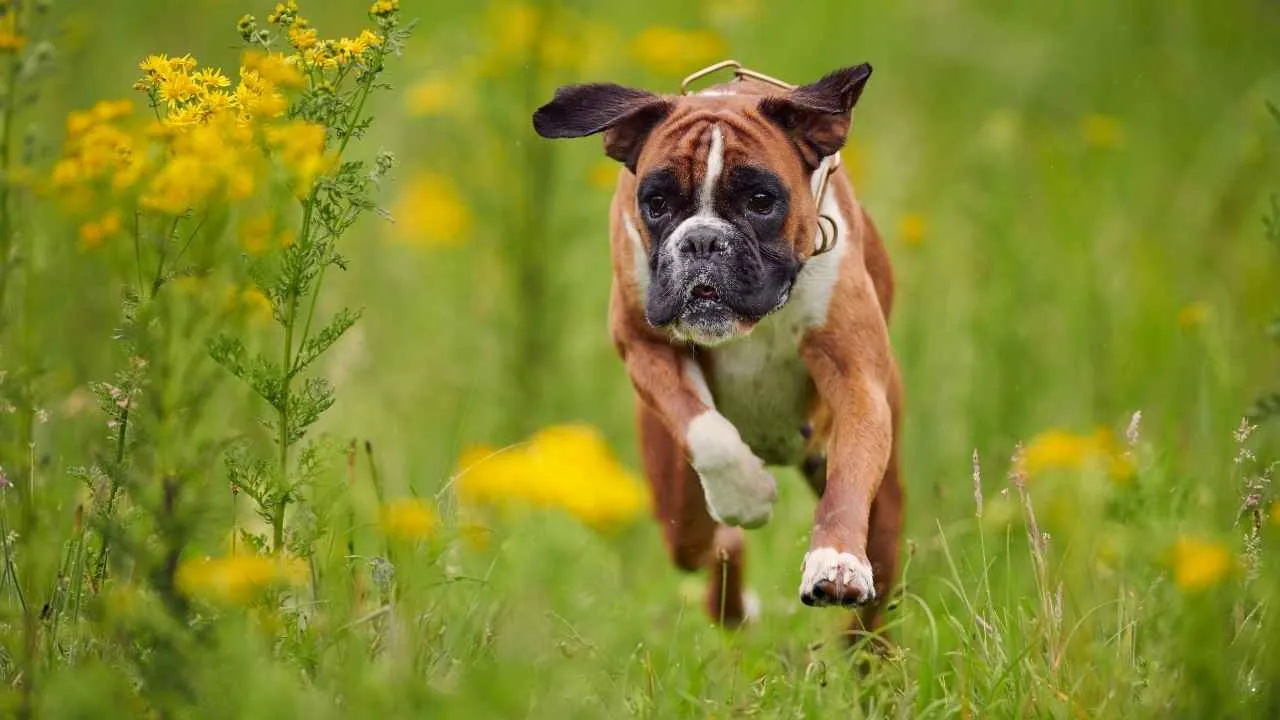
Boxers are lively companions with endless enthusiasm. They excel as family dogs and are known for their patience with children.
A major concern for Boxers is cancer, especially mast cell tumors, which can involve internal organs if not detected early. Vets often suggest annual screenings to catch tumors before they spread.
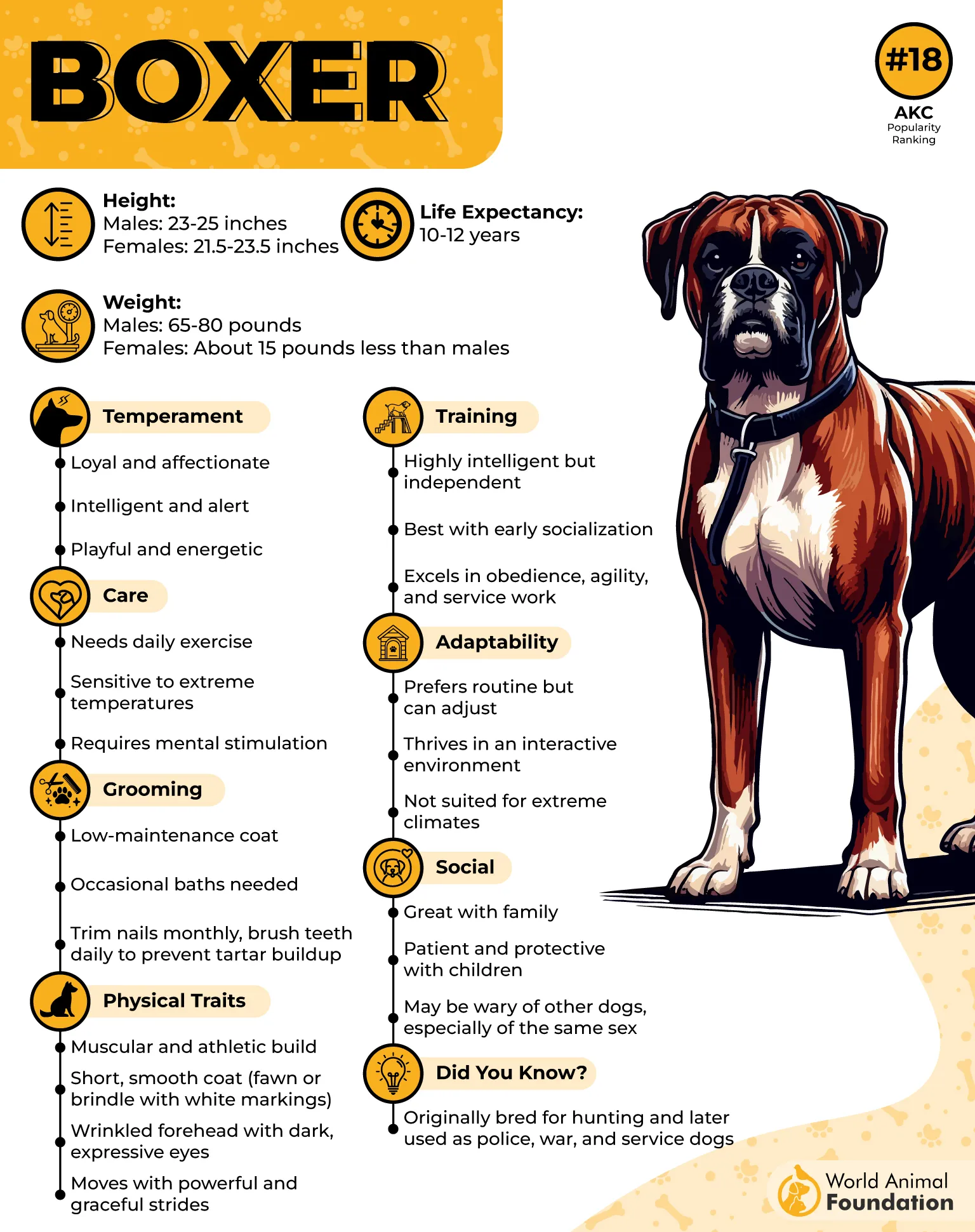
They also face heart conditions that weaken the heart’s ability to pump blood efficiently. For some Boxers, this can become a life-threatening emergency without treatment.
Britannica states that their energy requires structured outlets. Lack of activity can lead to destructive chewing or hyperactivity indoors.
Thankfully, Boxers respond well to training and thrive when given consistent routines. Combined with pet insurance and regular care, owners can better manage the risks these dogs face.
Quick Tips
-
Keep up with annual heart and cancer screenings.
-
Provide daily structured exercise, like runs or agility.
7. Dachshund

Dachshunds are instantly recognizable for their elongated bodies and short legs. Originally bred to chase burrowing animals, their bold nature endures today.
Their unique build leaves them prone to intervertebral disc disease, which can cause severe back pain and paralysis. In some cases, dogs require surgery and immediate veterinary intervention to restore mobility.

Owners must take steps to minimize joint issues by preventing climbing and jumping. Even young Dachshunds can show early signs of strain if allowed to overexert.
With proper care, they still enjoy long, active lives. Keeping them lean with a balanced diet helps protect their spines and reduces pressure on the dog’s body.
Their playful, affectionate personalities make them beloved companions. With veterinary treatment and close attention, even Dachshunds facing back problems can maintain a healthy life.
Quick Tips
-
Install ramps or steps to prevent dangerous jumps.
-
Monitor for back stiffness and seek veterinary help quickly.
Conclusion
Choosing the right companion means looking beyond appearances and popularity. While many families are drawn to popular dog breeds, it is important to recognize that not all are healthy dog breeds. Certain dogs face unique challenges, from hip dysplasia in large breeds to mitral valve disease that affects the heart’s ability to pump blood effectively. Some conditions show very few symptoms in the early stages, making it vital for owners to prioritize regular vet check-ups and preventative care.
For example, elderly small dogs often develop serious eye disease or lose clarity in their dog’s vision. Others, such as Bernese Mountain Dogs, can suffer from adrenal gland disease or hidden genetic conditions. Even skin conditions that seem minor may require veterinary medicine to soothe itchy skin before they worsen.
Many health conditions require lifelong management, from epileptic dogs who need medication to those that develop diabetes with age. Pugs and other brachycephalic breeds also struggle with breathing difficulties that demand careful monitoring. Vets suggest annual screenings as the best way to catch problems early. With knowledge, commitment, and compassion, owners can give even vulnerable breeds the chance at a comfortable, happy life.


